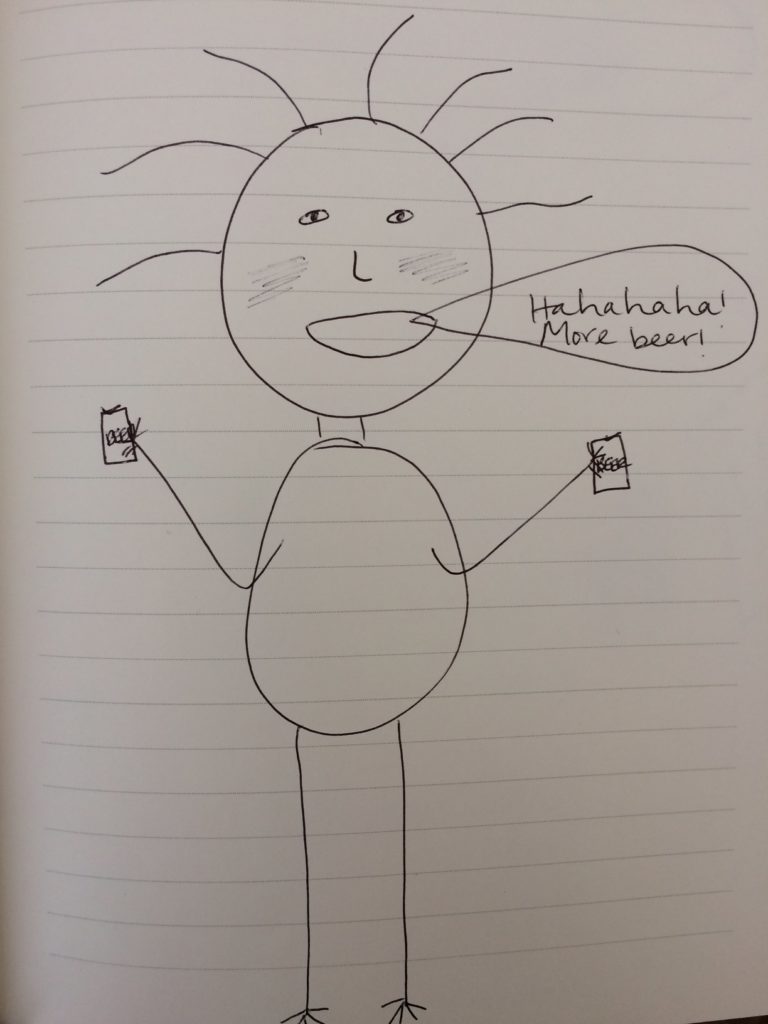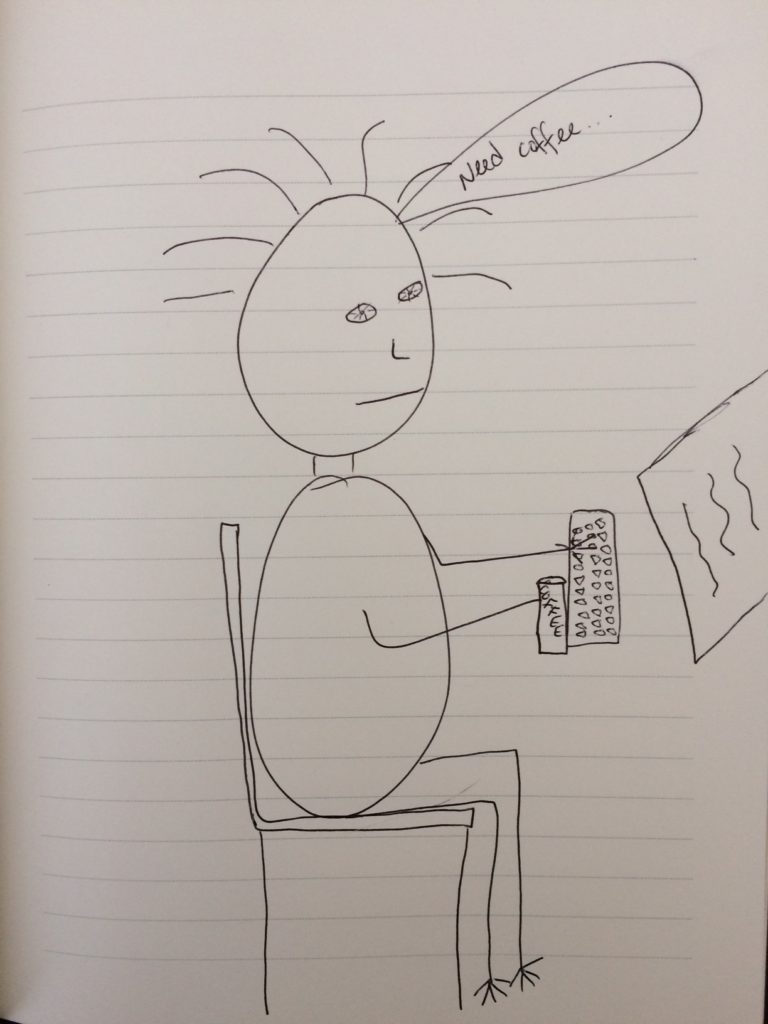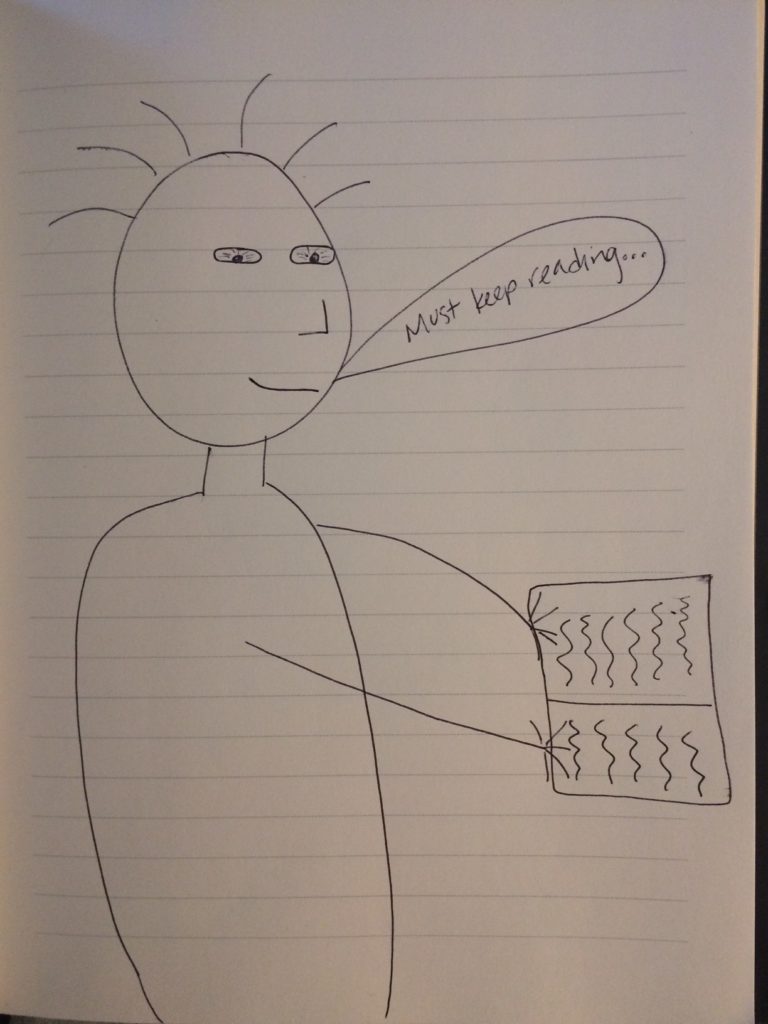Entry: Observed Leisure Activity #1- Liquid pouring
This species engages in a wide variety of leisure activities, one of which is the pouring of liquid into mouths.
Liquid pouring into mouths appears to be a particularly enjoyable experience for this species, as they engage in this activity frequently during various times throughout the day, even when there is no survival benefit related to the pouring.
The liquid poured varies in consistency and temperature from partially frozen, to cold and effervescent or fermented, to steaming hot. Some liquids are thick in consistency, some are infused with carbonation, and some are merely lightly flavored water. Many of the liquids have some form of sweetener mixed into them. All liquids vary in flavor, smell, and taste- bitter and sweet are the most popular tastes.
This species will drink liquid practically anywhere- while walking, while running, while sitting, while working, while in transportation machines, and in conjunction with consuming nutrients.
Physical effects on this specifies from the three most popular forms of liquid are as follows:
- Effervescent liquids: These generally produce a loud output of scented gas from the mouth. Frequent intake of effervescent liquids also appears to increase individual body mass.

- Fermented liquids: The effect of fermented liquids on this species is vast and often lasts for hours of time. Common effects appear to be an increase in emotional intensity, an increase in noise emitting from the mouth, flushed faces, the spewing of nutrients from the mouth, and erratic, often unpredictable behavior.

- Dark, scented liquid: (linguistic term: “coffee”) This is one of the most frequently consumed liquids and it is often prepared in a wide variety of ways- both hot, cold, and in terms of varied consistency. The effects of coffee on this species generally result in an increase of energy and alertness. Consumed in great quantities, many individuals seem to rely on this liquid to fuel them throughout the day.

Note: In accordance with code OBEWH2016 the final report will be submitted on January 1, 2018 to the higher council of extra-planetary research. Objective observations are sent every 7 full rotations of the planet in respect to its star and followed by a short summary of findings as directed in the standardized outline for observational reports presented in Handbook 32.7767.96.7970.



